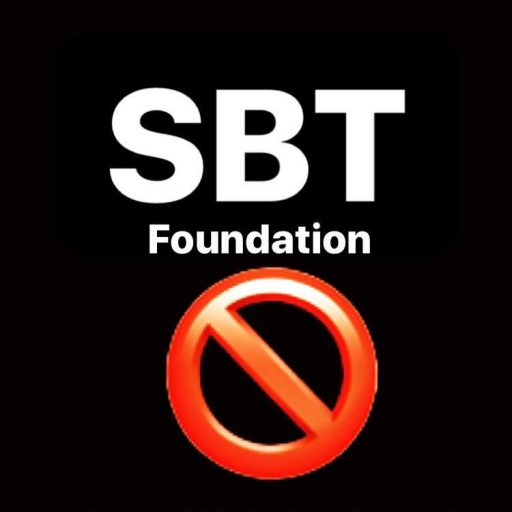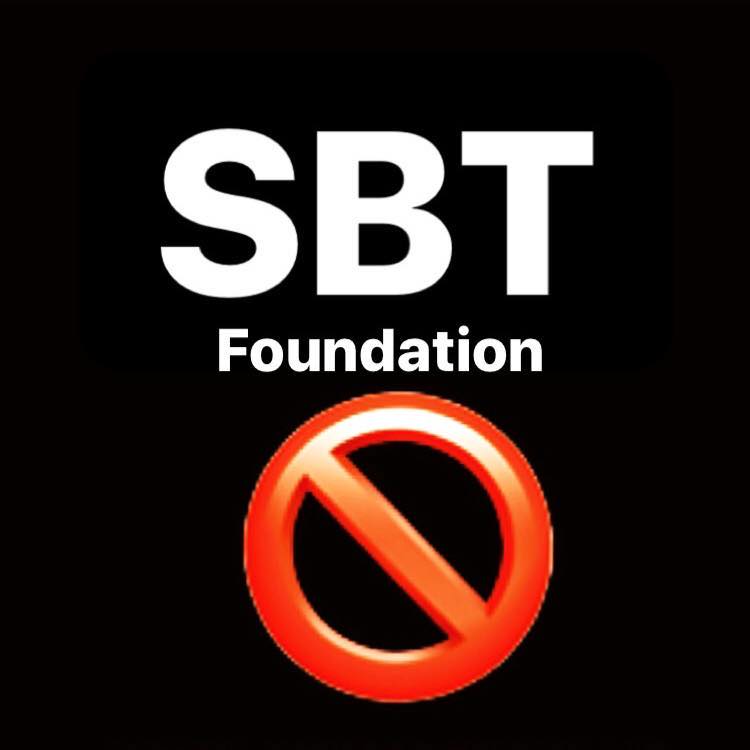Bullying vs. Conflict
We need to clearly identify the difference between conflict and bullying, in order to appropriately respond to bullying incidents. While the two seem similar in some instances, there is actually a distinct difference.
Bullying
is a persistent pattern of unwelcome or aggressive behavior that often involves an imbalance of power, and/or the intention to harm or humiliate someone.
Conflict
on the other hand is generally a disagreement or difference in opinion between peers who typically have equal power in their relationships. It’s usually an inevitable part of a group dynamic.
Bullying or conflict?
Two female members of the school basketball team are arguing with each other over the loss of a recent game. One of the girls is blaming the other for letting the opposing team knock the ball out of her hands before she could throw it. The other girl is saying it’s her teammate’s fault because she didn’t pass the ball to her during the last few seconds of the game. They continue to fight until their coach gets involved and tells the girls to stop arguing.
This is an example of conflict. Both girls have equal power and are disagreeing over the outcome of a game. Neither is threatened or harmed, and neither is showing signs of humiliation or distress.
If one of the girls continued to blame the other and started calling her names, taunting her outside of the gymnasium or even getting others to gang up on her for the purpose of hurting her feelings or alienating her from her team and peers, that would be considered bullying.






Leave a Reply
Your email is safe with us.